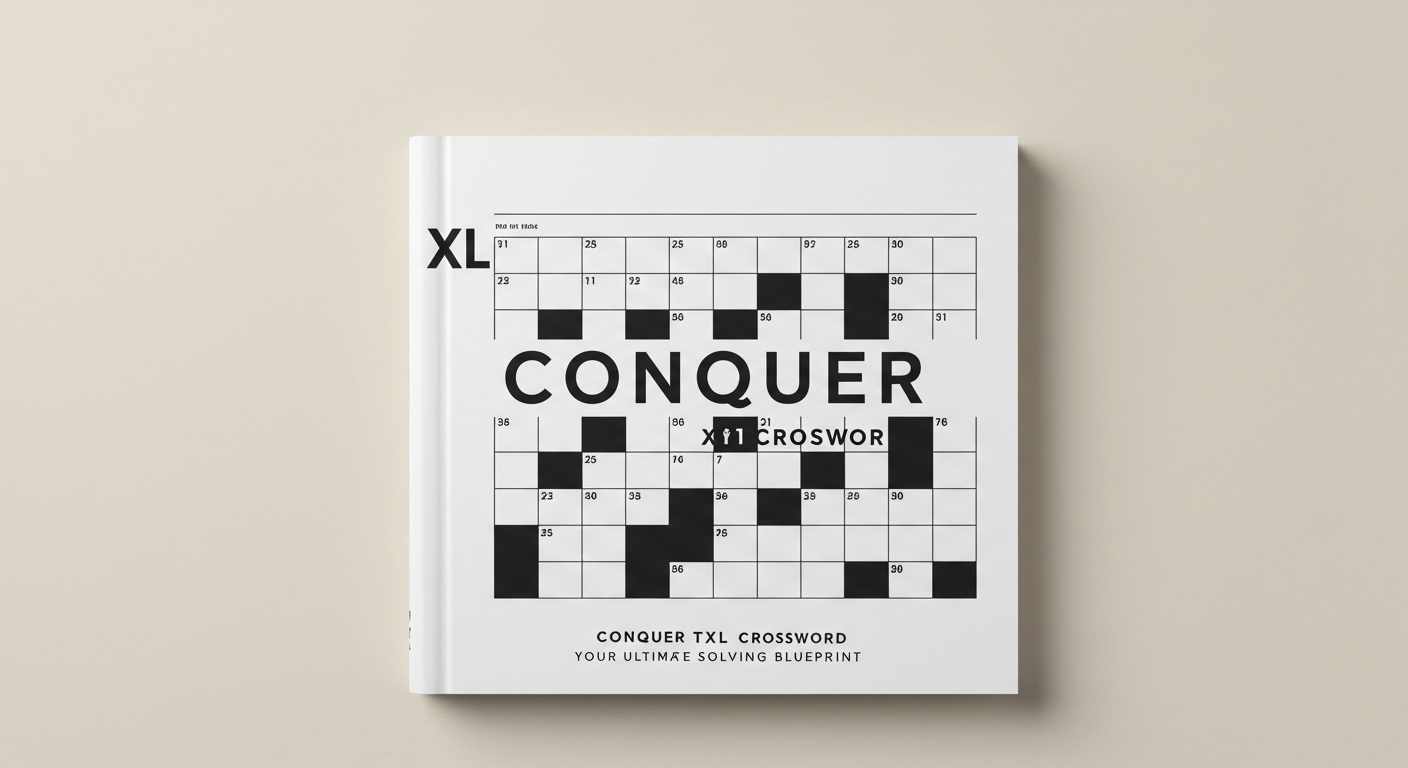Tackling the XL NYT Crossword can feel like climbing a steep linguistic mountain, but the view from the summit is worth every letter. In this guide, you’ll find fresh techniques to expand your word arsenal, streamline your solving process, and navigate the puzzle’s signature twists. Whether you’re a daily solver looking to level up or a newcomer curious about the extra‑large grid, these insights will equip you to approach with ease and enjoyment.
What Sets the XL NYT Crossword Apart?
The XL NYT Crossword breaks the mold of standard crosswords by stretching the playing field to a 21×21 grid and weaving in ambitious themes. While a typical daily puzzle might rely on concise clues and familiar phrases, the often introduces multi‑layered wordplay that spans rows and columns. This format allows constructors to embed extended quotes, playful rebus squares, and interlocking motifs that reward patient, pattern‑minded solvers. The result is an immersive experience where each successfully filled section feels like an achievement in its own right.
Essential Strategies for the XL NYT Crossword
Mastering an extra‑large puzzle demands more than a robust vocabulary—it calls for a strategic mindset. Below are two cornerstone tactics for tackling.
Building Your Vocabulary for the XL NYT Crossword
A broad lexicon is the backbone of crossword success. To sharpen your edge for the, incorporate varied reading into your routine: literary essays, niche magazines, even vintage poetry. Assemble a personal glossary of crossword staples—obscure acronyms, foreign words, and common crosswordese—and review it with digital flashcards. Over time, these targeted drills will transform unfamiliar letter combinations into instant recognitions, saving you precious time when the puzzle’s longer entries loom.
Managing the Grid Efficiently in the XL NYT Crossword
When faced with a 21×21 expanse, divide and conquer. Instead of leaping randomly from clue to clue, mentally partition the grid into quadrants. Focus on one section at a time, completing short entries first to anchor longer answers. If you’re solving on paper, lightly pencil tentative fills so you can adjust without erasing entire blocks. For digital solvers, use the “reveal letter” feature sparingly—only when several crossings have failed to yield progress. This measured approach prevents burnout and keeps momentum steady across the entire.
Key Resources to Elevate Your XL NYT Crossword Skills
Leveraging the right reference materials and apps can accelerate your growth as a solver.
Digital Tools for the XL NYT Crossword
-
Official NYT Crossword App: Access daily archives, timing features, and progress tracking.
-
Crossword Solver Extensions: Use browser plug‑ins that suggest potential answers based on pattern matching, but avoid over‑reliance to preserve challenge.
-
Flashcard Apps: Create custom decks of new terms encountered in the , reinforcing them through spaced repetition.
Recommended Reading for the XL NYT Crossword
-
“Crossword Obsession” by John Henderson: A behind‑the‑scenes look at puzzle creation, packed with constructor anecdotes.
-
“Will Shortz’s Puzzle Master” series: Curated collections featuring themes similar to those.
-
Word‑Origin Dictionaries: Handy for tracing archaic terms and understanding tricky etymological clues.
Facing Common Challenges in the XL NYT Crossword
Even experienced solvers hit rough patches. Here’s how to address two frequent stumbling blocks when you dive.
Decoding Themed Puzzles in the XL NYT Crossword
Occasionally, It revolves around a hidden motif—be it a layered pun or an embedded quotation. If the central theme eludes you, scan the longest across entries first; these often house the reveal. Jot down any repeated letters or word fragments you notice, then hypothesize how they might interconnect. Once the theme emerges, the remainder of the grid typically falls into place more smoothly.
Mastering Unconventional Clues in the XL NYT Crossword
Constructors sometimes deploy rebus squares (multiple letters in one cell) or playful homophones. When a standard answer length doesn’t match a clue, consider whether a rebus or an alternate spelling could fit. Keep an eye on clue punctuation—exclamation points and question marks often signal wordplay. Over time, these idiosyncratic conventions become second nature, letting you breeze past once‑perplexing entries.
Benefits of Daily Practice with the XL NYT Crossword
Regularly engaging with the XL NYT offers cognitive perks that extend far beyond puzzle day. You’ll boost verbal fluency, sharpen memory recall, and enhance pattern‑recognition skills. These mental workouts also foster patience and perseverance—traits that translate seamlessly into academic or professional problem‑solving. Plus, there’s a genuine sense of accomplishment in completing a grid you once found intimidating. Over weeks of practice, you may surprise yourself by finishing puzzles faster and with fewer hints.
Connecting with the XL NYT Crossword Community
Solving alone is rewarding, but sharing insights amplifies the fun. Online forums dedicated to the NYT Crossword bring together thousands of enthusiasts who swap hints, dissect themes, and celebrate rare word finds. Subreddits, Discord servers, and social‑media groups all host daily discussions—post a particularly thorny clue to see fresh perspectives or join a weekly solve‑along video chat. Local crossword meetups and library puzzle nights can also introduce you to fellow solvers in your area, turning a solitary hobby into a shared adventure.
Conclusion
Conquering the XL NYT Crossword is a journey of steady improvement, fueled by targeted practice, smart strategies, and community engagement. By building a diverse vocabulary, adopting a quadrant‑based solving approach, and tapping into top‑tier resources, you’ll transform each 21×21 challenge into a satisfying triumph. Embrace the puzzle’s quirks, track your progress, and most importantly—enjoy every “aha!” moment as you master.

